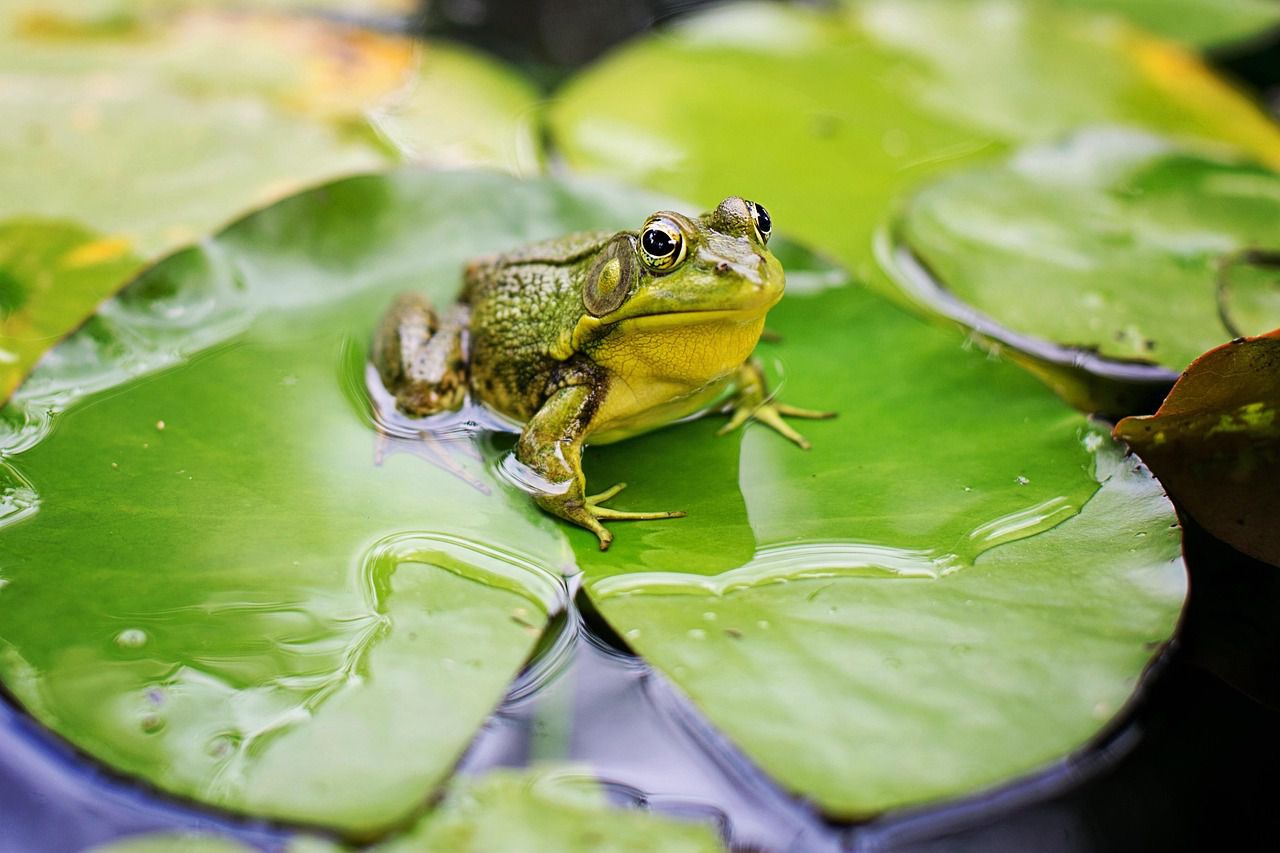Scientists conducted the first extensive study of a harmful compound called methylmercury in adult amphibians in the U.S.
The results revealed that this toxic substance is common and widespread among amphibians, and for some, it can show very high levels.
Let's find out more about the research.
How it was tested
The experiment involved testing over 3,200 amphibians of 14 species from 26 populations across the country.
Amphibians are a group of animals facing a high risk of extinction, and this study provided crucial information about how mercury accumulates in them.

The amount of methylmercury varied by location and factors like diet, size, and sex of the amphibians.
While some locations showed barely detectable levels, others had concentrations well above what is considered safe for wildlife.
This new info highlighted that amphibians collected from wetlands had less variation in methylmercury concentrations compared to other animals like dragonflies, fishes, and birds.
Why it's important
Mercury is a huge concern as it is harmful to humans and animals.
Methylmercury, the form of mercury most toxic to vertebrates, accumulates in animals through a process called bioaccumulation.
This study not only improves our understanding of the effects of methylmercury on amphibians but also provides solutions and baseline data for assessing the risk posed by mercury to species of concern, including those listed as threatened or endangered.
Additionally, the study found that dragonfly larvae can serve as indicators for estimating methylmercury bioaccumulation in amphibians, offering a valuable tool for ongoing monitoring efforts.









